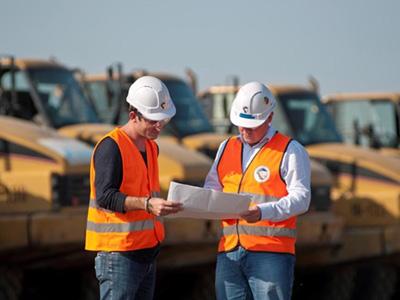The Role of Infrastructure in Re-Opening the Economy
By: Keith Hennessey, President, Bechtel Enterprises

How to safely reopen businesses, schools, and other services is the most immediate question facing local, state, and federal leaders. But restarting the economy is going to take more than unleashing pent-up demand for things we missed during the crisis – from haircuts to hot dogs at the ballpark. Economists warn that many businesses large and small will continue to struggle, and a historic number of Americans will remain out of work.
Now is the time for the federal government to use its fiscal power to support the economy and minimize damage to its longer-term productive capacity, says Federal Reserve Chairman Jerome Powell.
One way to help achieve the country’s goals is to prioritize investments in roads, bridges, airports, transit systems, power, telecommunications and other long-overdue construction projects. As a study by the Business Roundtable pointed out last year, infrastructure investment is unique in “its ability to drive productivity growth and with it the long-run potential productive capacity of the economy.”
The study modeled the impacts of $737 billion of public spending on infrastructure over 10 years. The study demonstrated that this investment would generate $5.9 trillion in additional GDP over 20 years, with every additional $1 invested producing roughly $3.70 in additional economic output. This investment would also create millions of additional jobs and boost wages. And it would catalyze an additional $1.9 trillion in corresponding investment by the private sector.
The authors conclude that in the short term, the injection of infrastructure spending “creates jobs, pulls additional workers into the labor market, stimulates demand, and prompts a temporary acceleration in consumption spending and business investment.”
The longer-term benefits are even more significant, due to the productivity-enhancing effects of the infrastructure itself. “An increase in productivity is like tightening the gears of the economy — a frame shift that allows it to do more for less, boosting efficiency and generating positive ripple effects throughout the entire economy … reaching diverse industries from farming to manufacturing to wholesale and retail trade — driving widespread efficiencies and cost savings.”
Check out the BRT analysis here, along with Bechtel CEO Brendan Bechtel’s recent letter to the White House underscoring the importance of public sector investment as part of the post-Covid economic recovery strategy.

